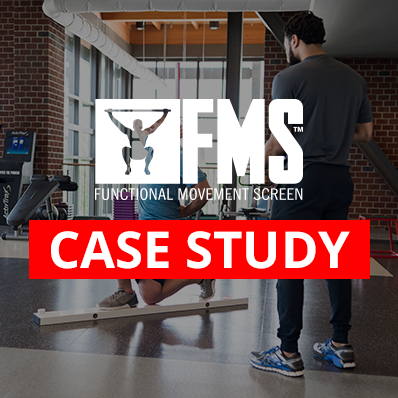Case Study: Runner with Asymmetries
Written by Brandon Hetzler Case Study
<== Video for xibABeDs ==>
Highlights
- How do we progress from start to finish? Case study of a 16 year old cross country athlete (trained over the past 2 years)
-
Athlete Background
- Plagued with common runners injuries
- Multiple asymmetries in Functional Movement Screen
- Unable to perform dead lift, push up, or pull up
- Training sessions began with corrective exercises to address her Functional Movement Screen.
- After ensuring mobility was maintained, more stability was introduced before moving into a vertical stance.
- The program eventually introduced the athlete to squatting and was able to progress to a loaded overhead squat.
- Athlete was screened every 2-3 months
- Most recent Functional Movement screen was 17 with no asymmetries.
Related Resources
Please login to leave a comment
3 Comments
-

Sue 5/5/2015 7:00:04 PM
Thank you Brandon. As a runner I found this podcast to be most helpful. It is so great to see these asymmetries being caught and corrected at this young age. No doubt this gal will go on to run uncompensated into college and beyond!
I
-

-

MRPT St Clairsville 5/14/2015 8:00:06 PM
Brandon. Thanks for sharing. Awesome to see the system in action.
I recently worked with a college track athlete who was converted from distance runner to sprinter with repeated "hamstring strains" each time he would attempt sprinting. It was fun to learn that his history of distance running had created a system in which his posterior chain was acting as stabilizer and didn't know how to function in his new roll as a sprinter. Distance running is not sprinting. Its my opinion that his hamstrings were trying to both stabilize AND be mobile at the same time. After his mobility was restored and his new core established, he was able to sprint without incident.Thanks for sharing!Justin





